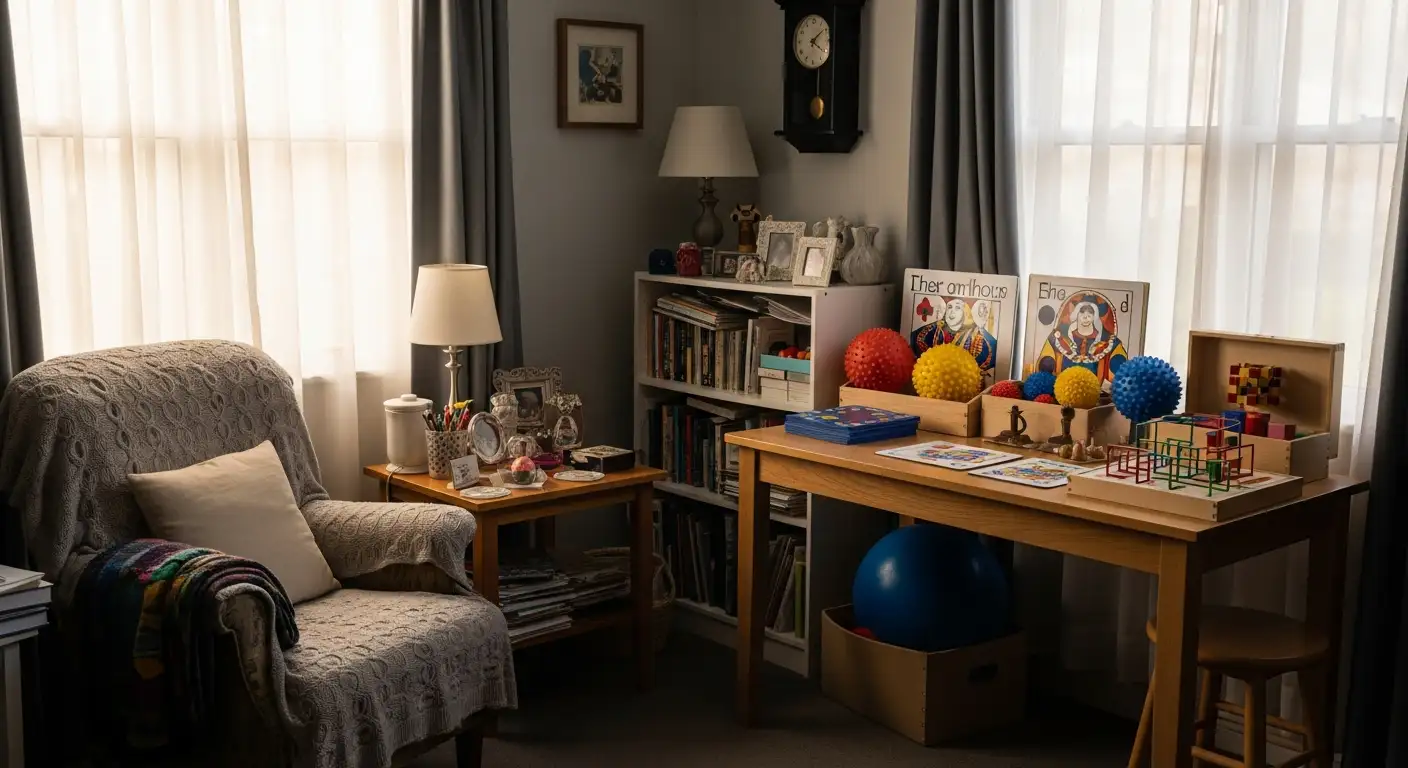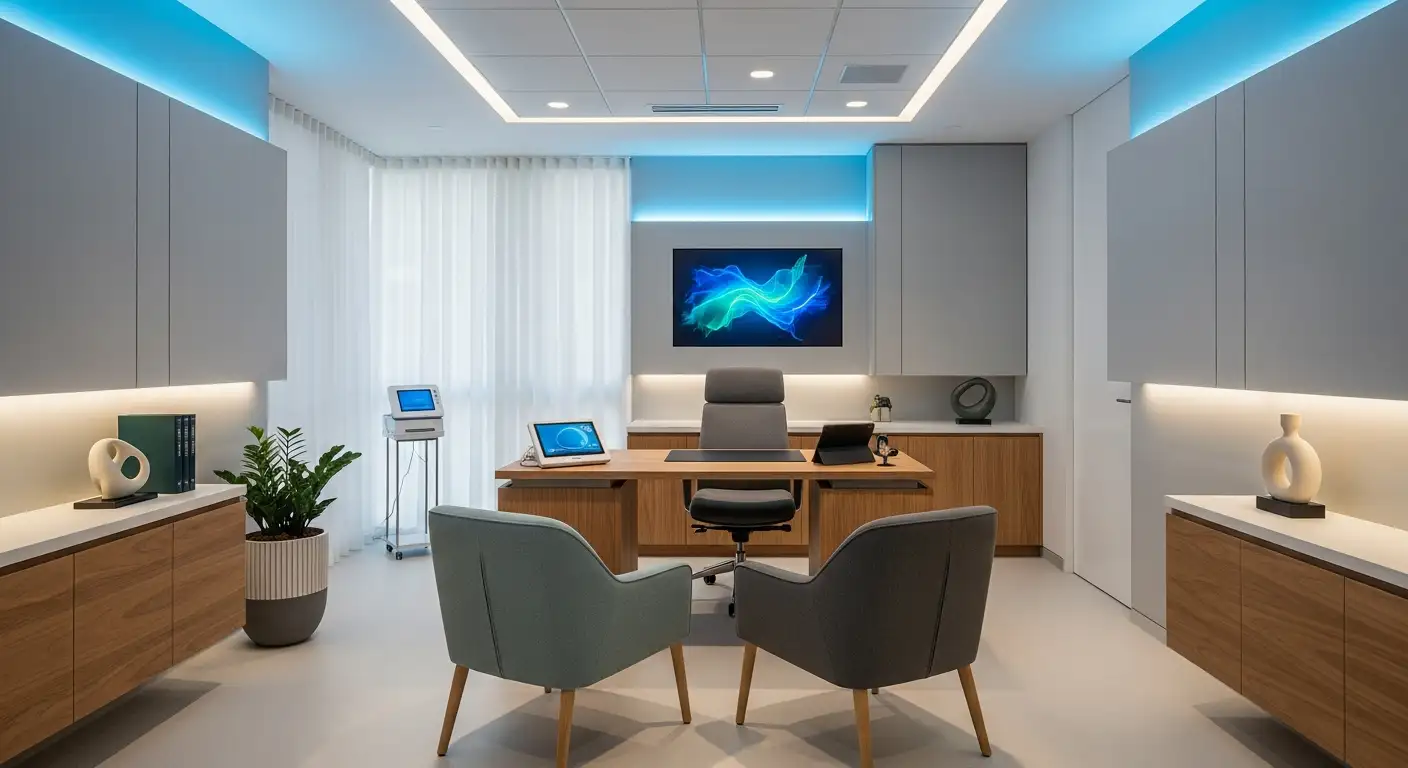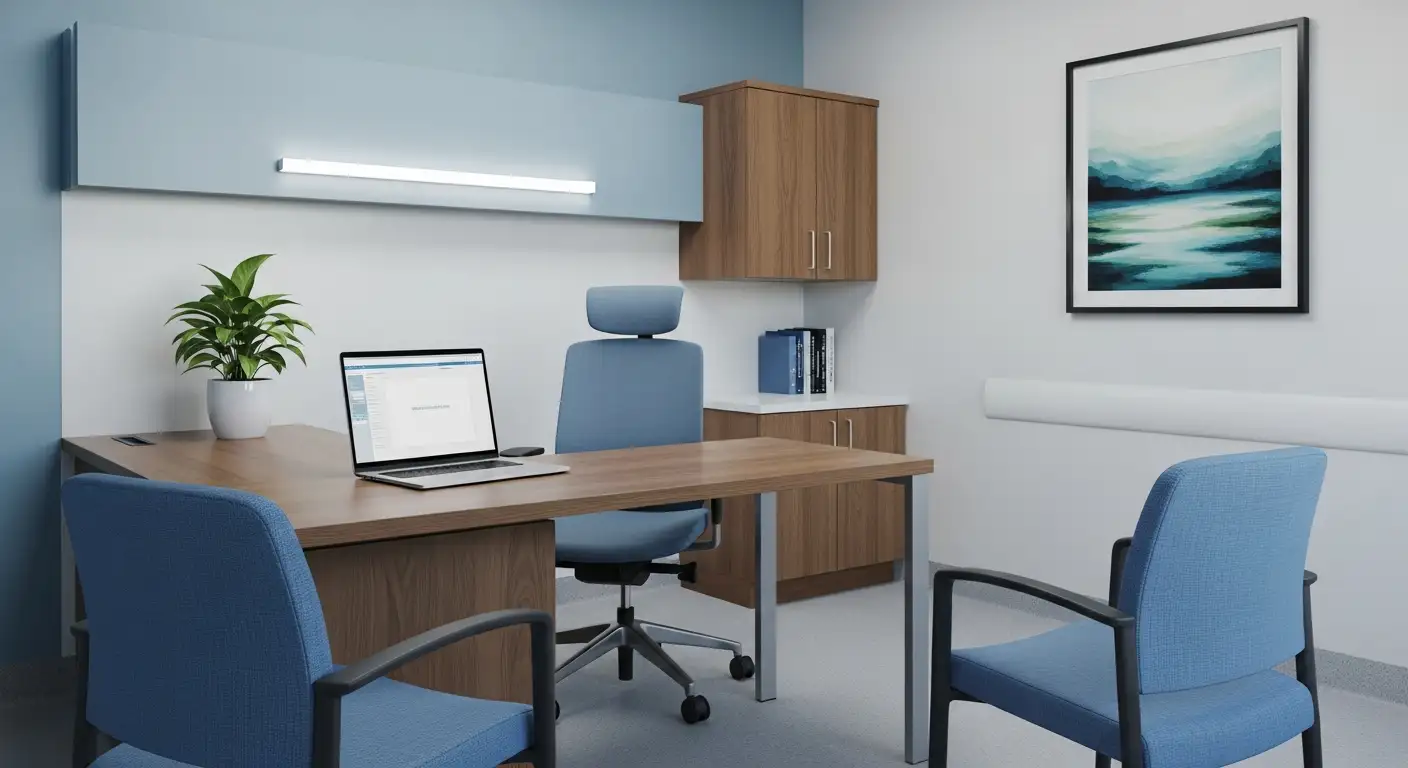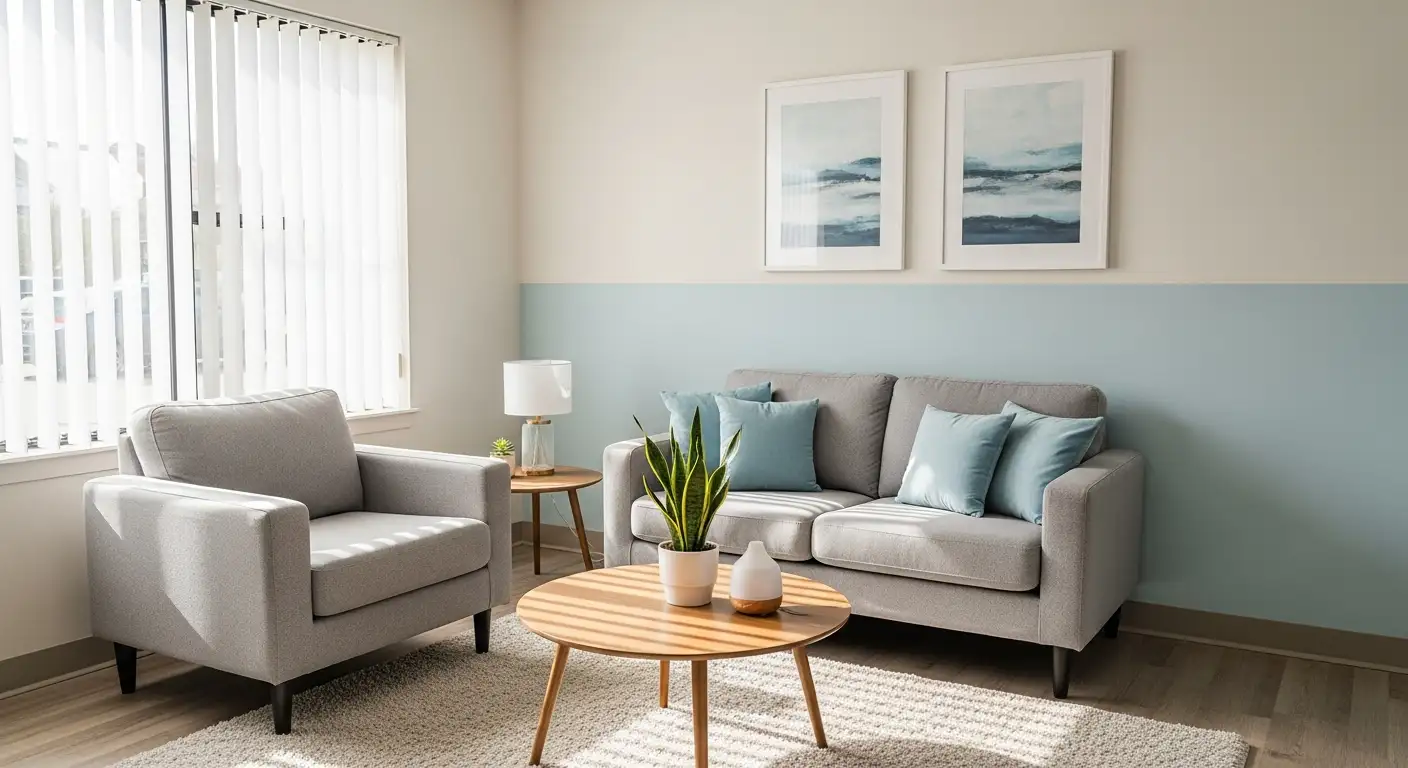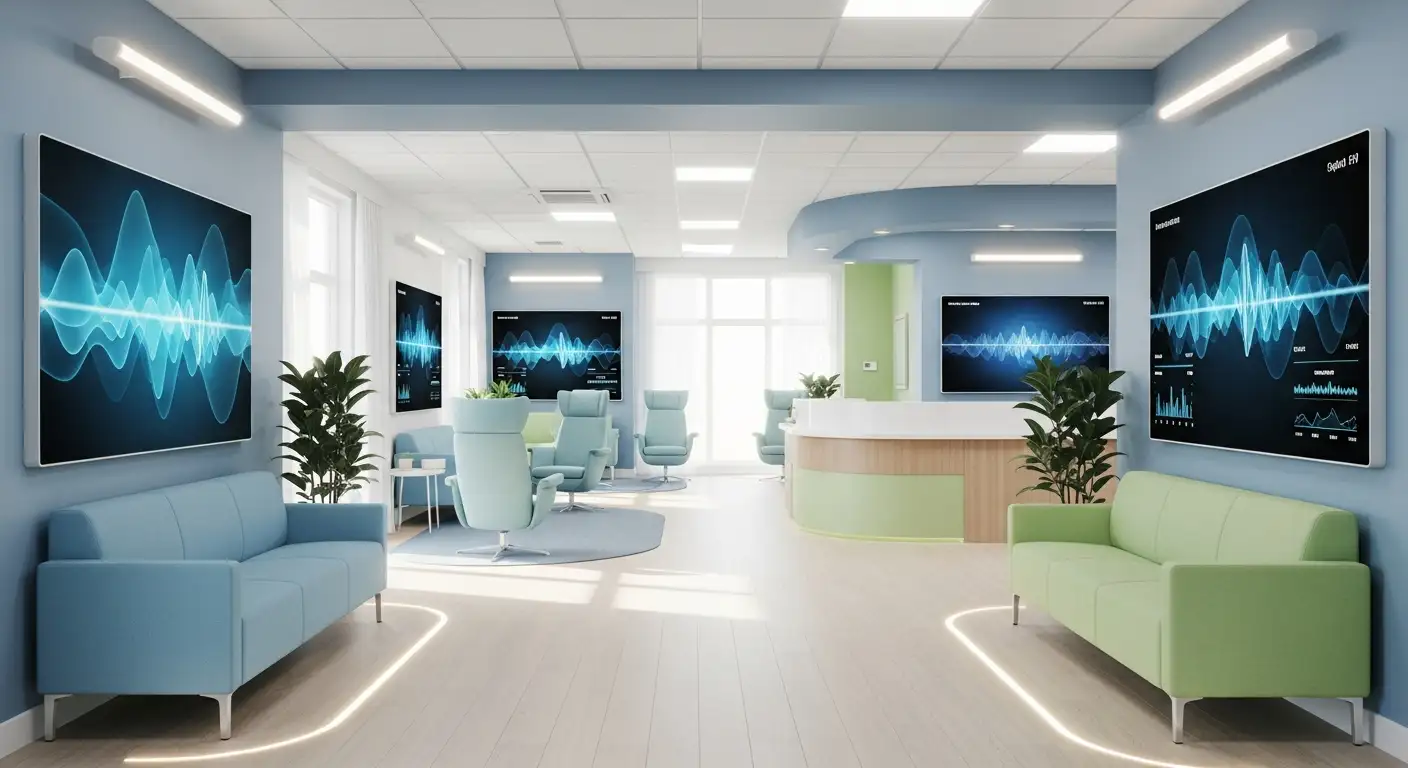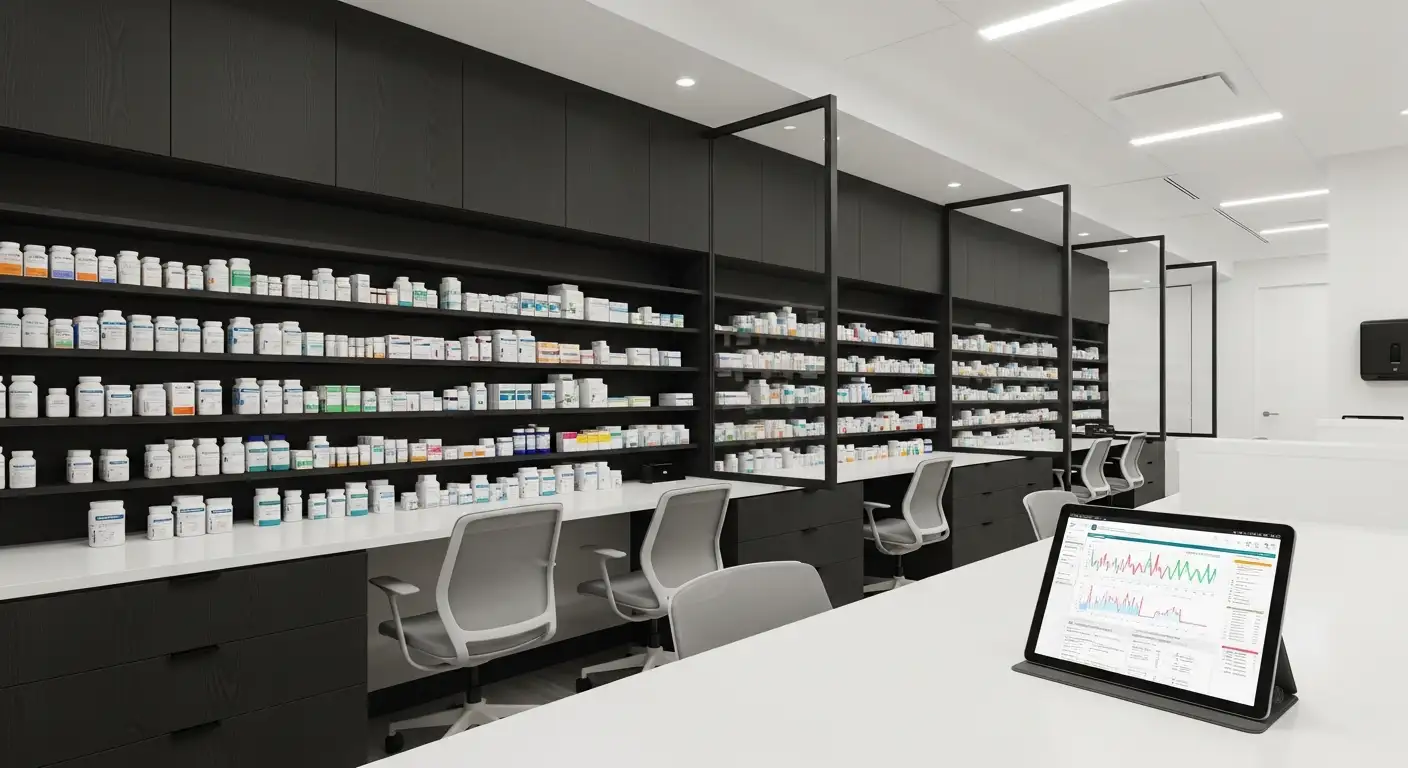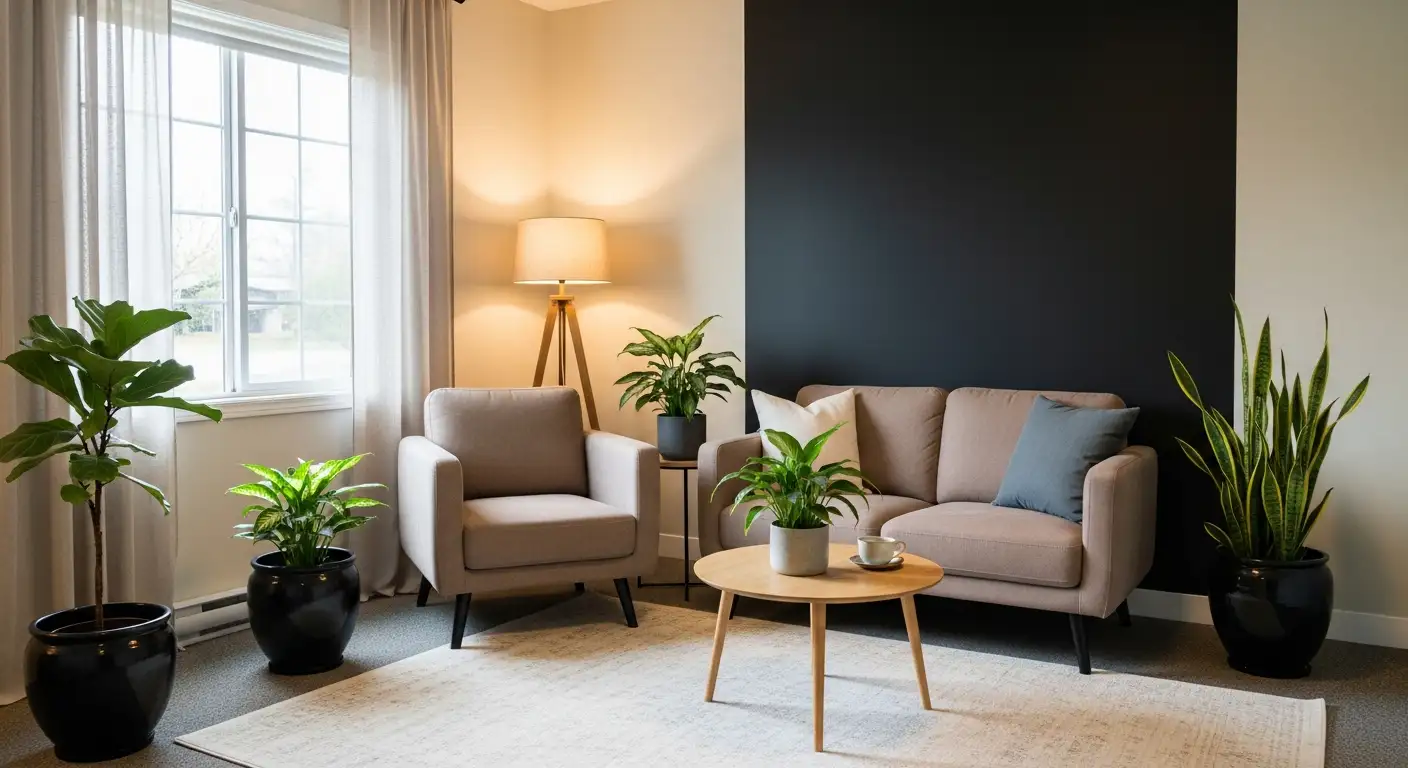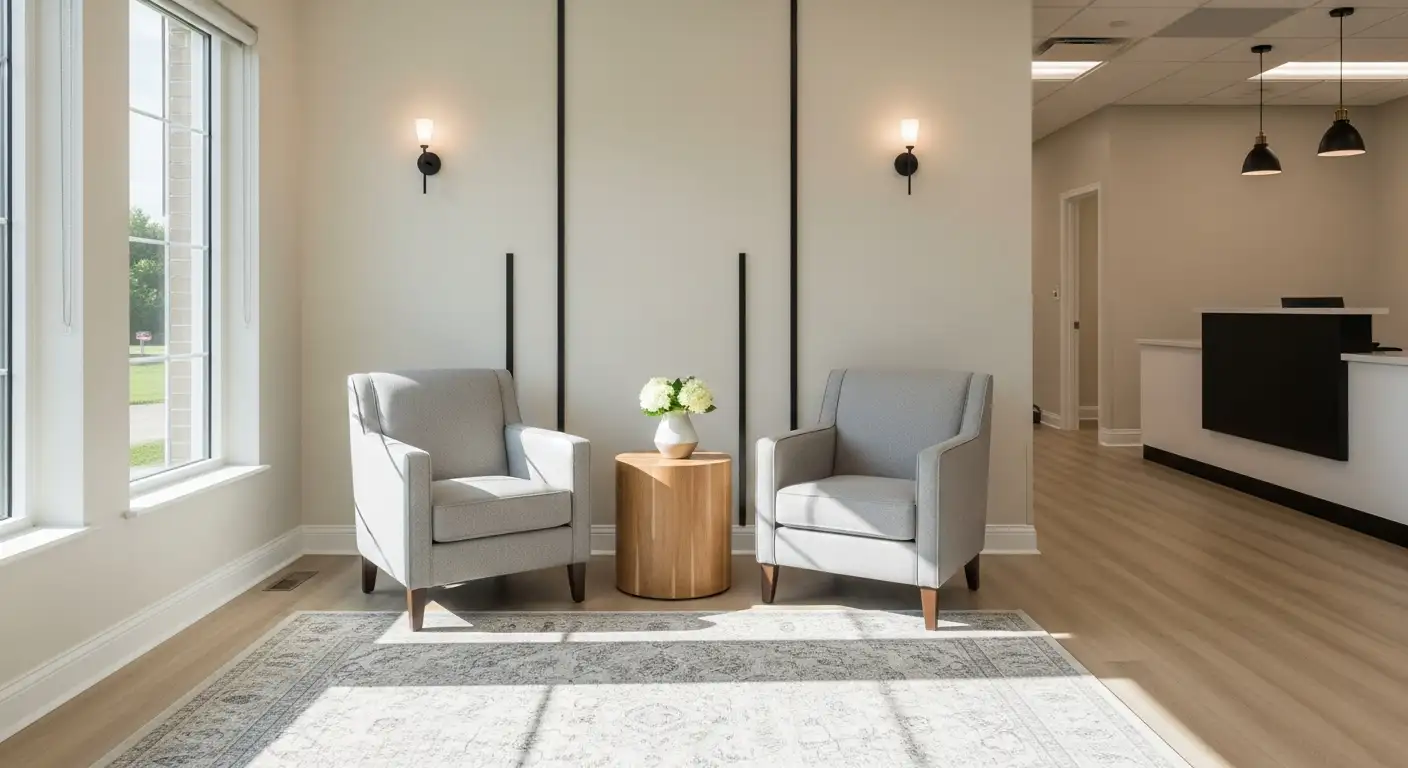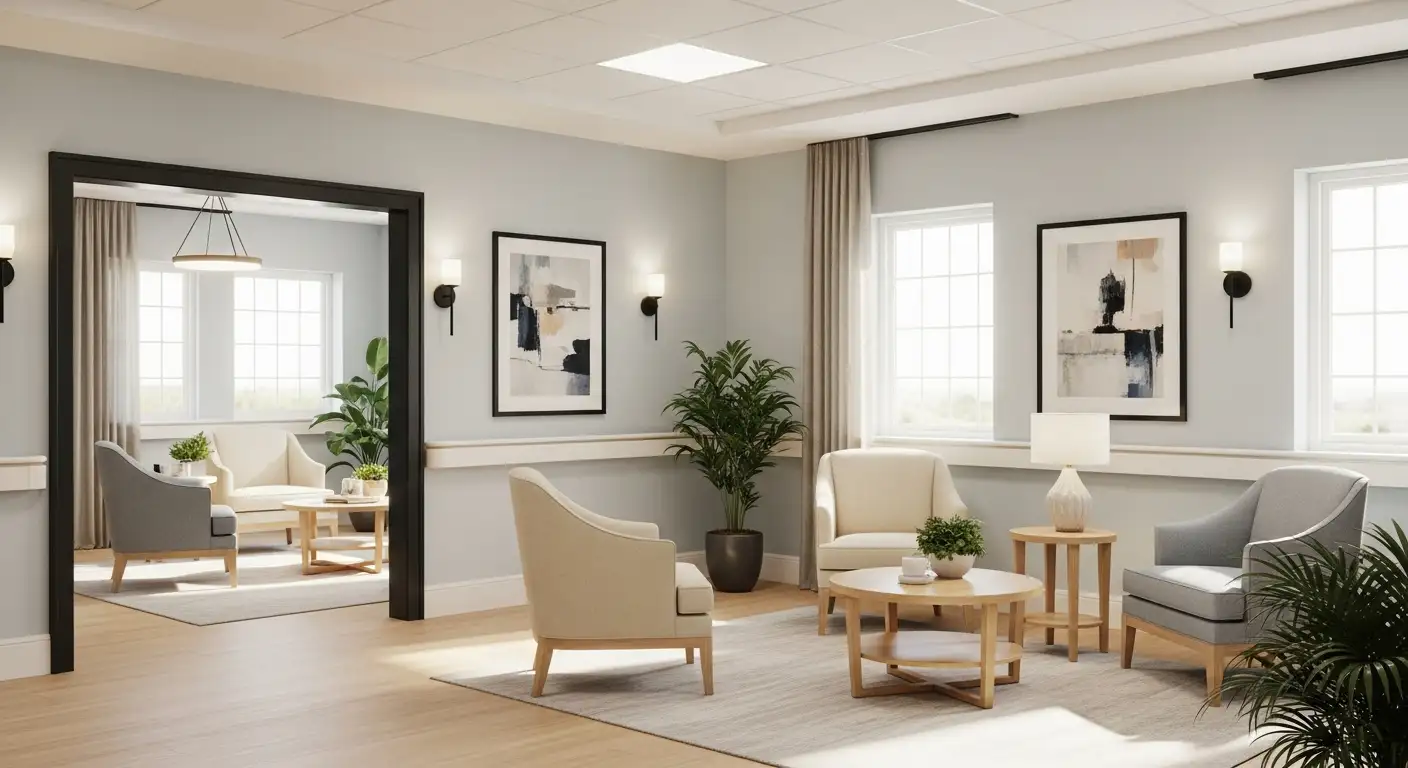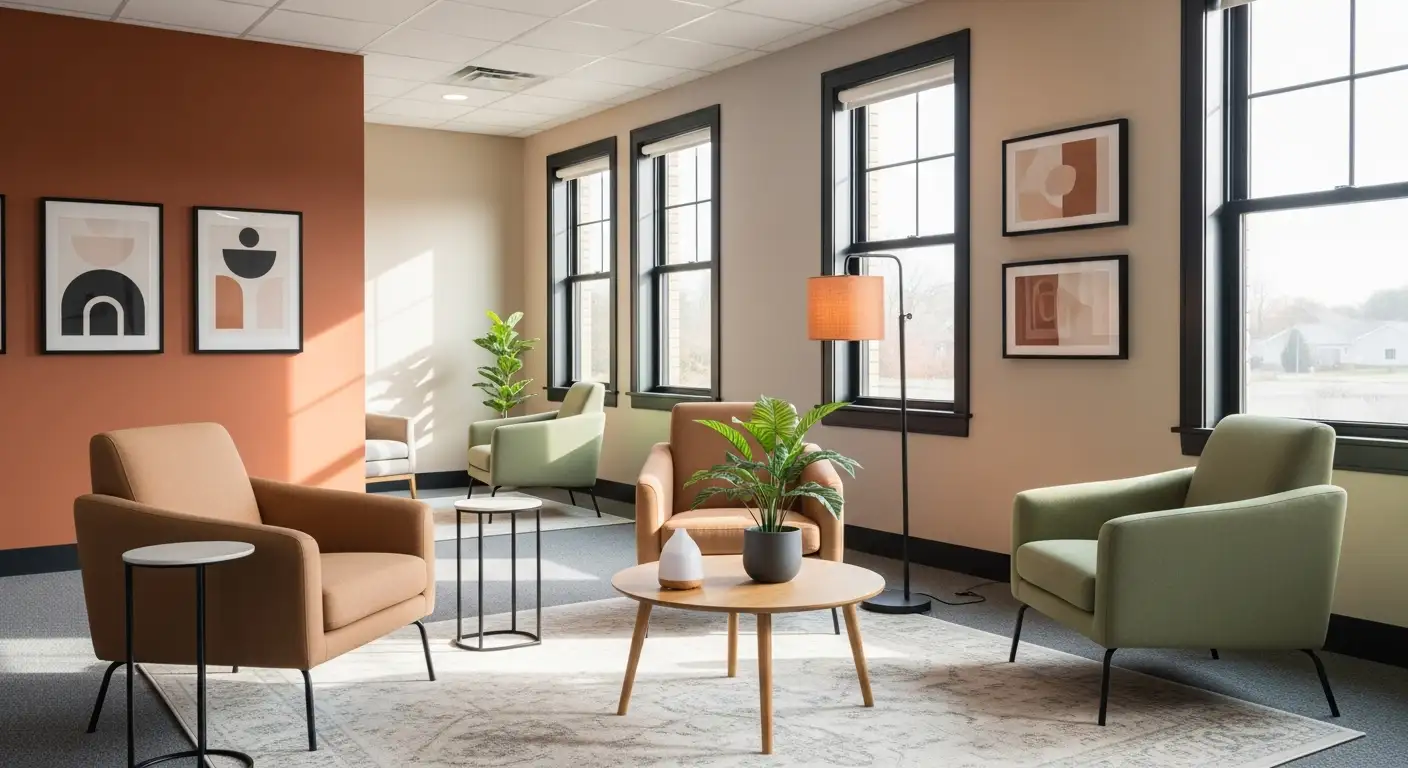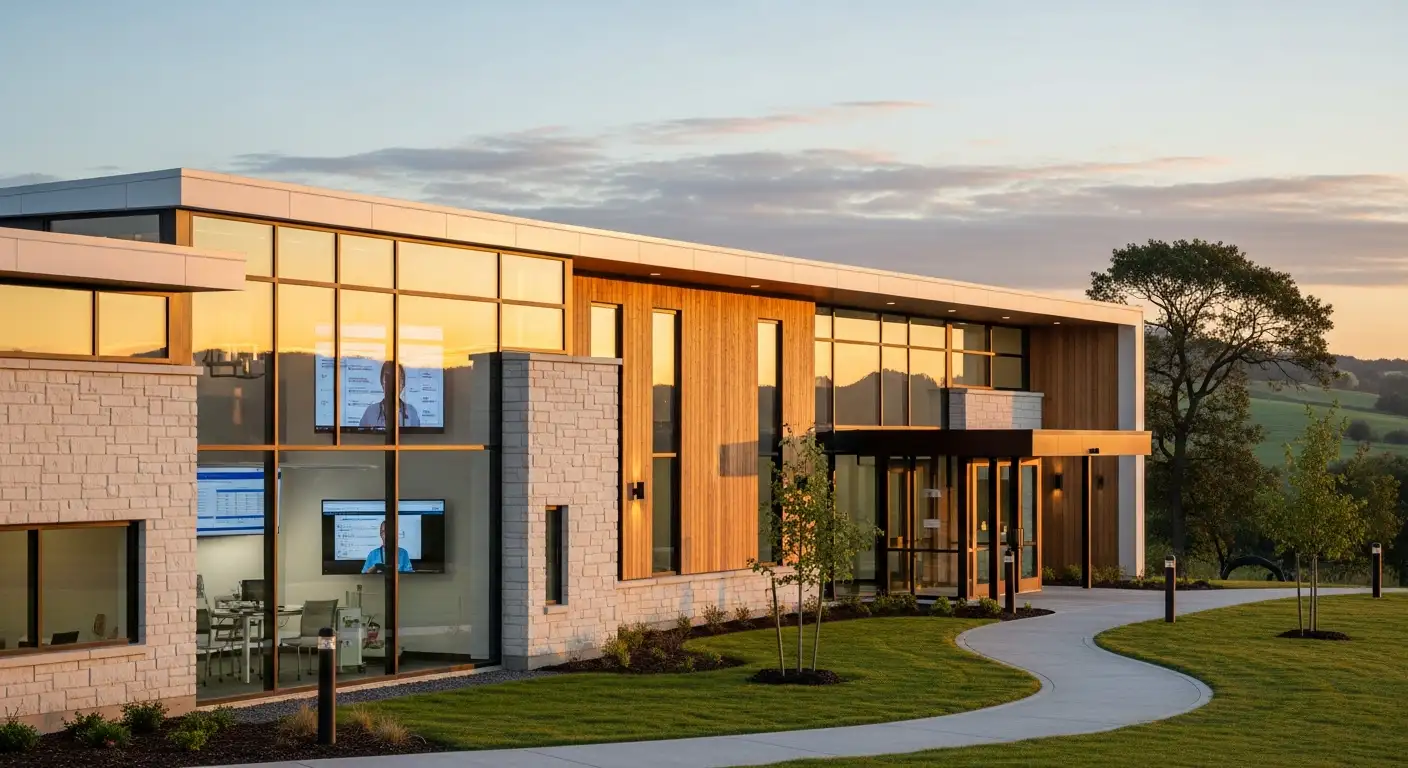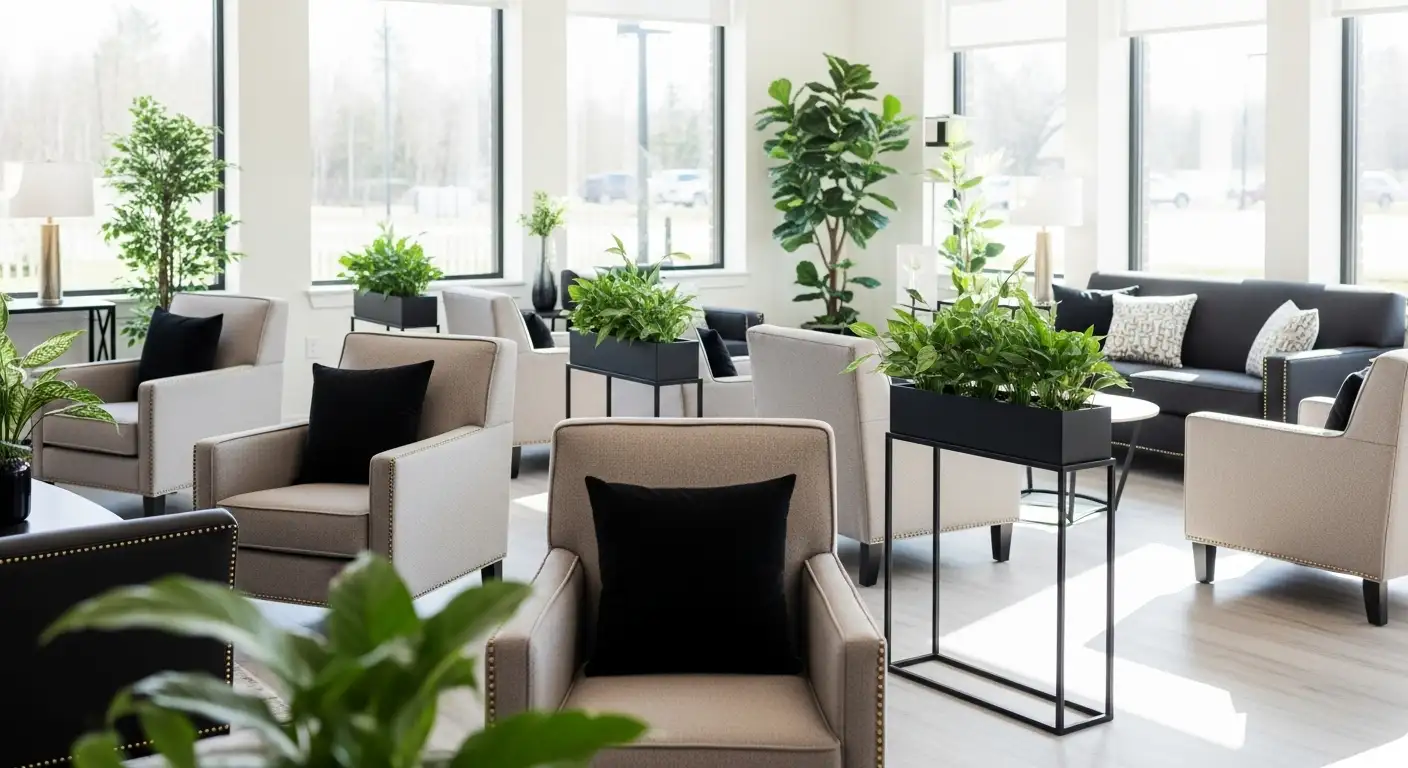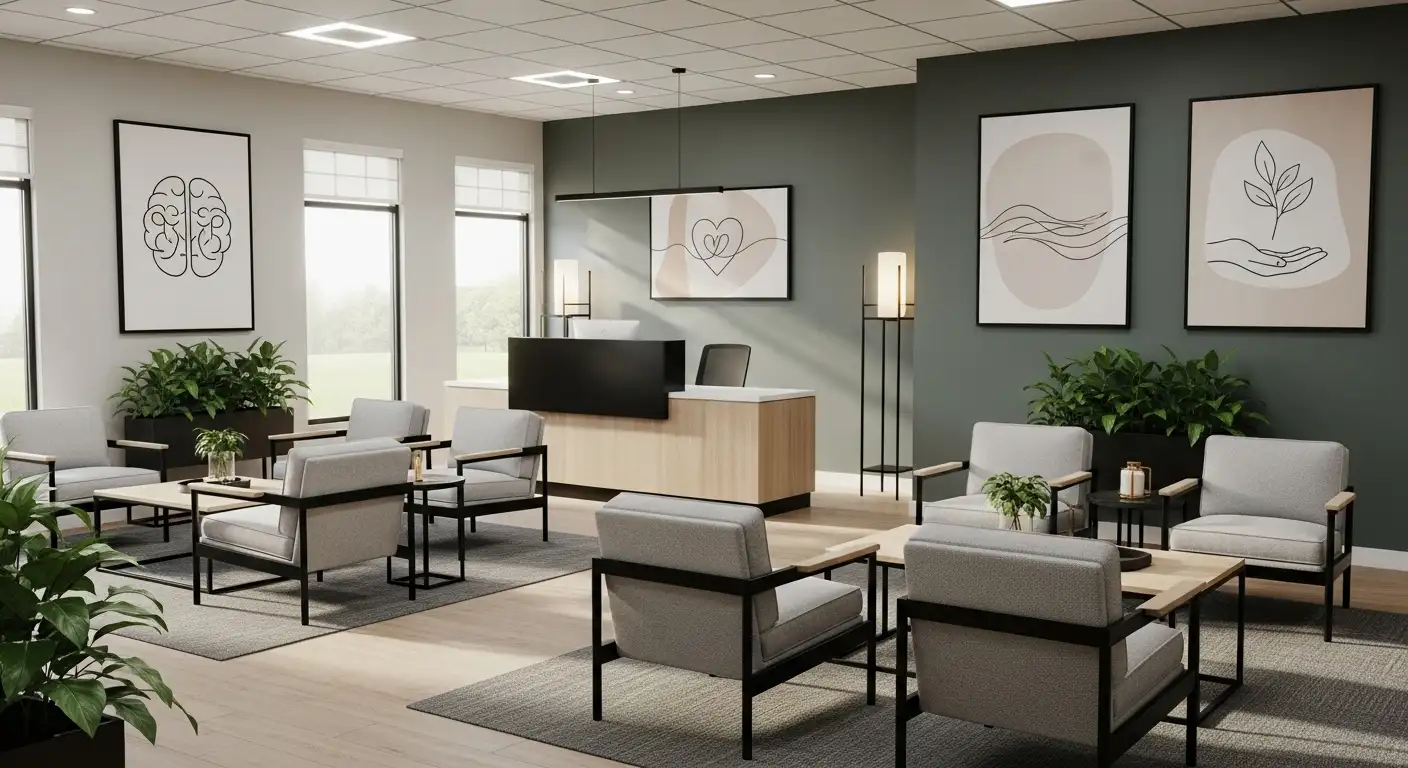Harnessing Technology to Improve Behavioral Health in Older Adults
The integration of digital technology into geriatric behavioral health care has emerged as a vital strategy to enhance accessibility, personalize interventions, and promote social engagement among older adults. As the population ages, innovative digital solutions are addressing longstanding challenges such as social isolation, unmet healthcare needs, and the management of mental health conditions. This article explores the various technological applications, benefits, barriers, and recent developments shaping the future of behavioral health services for the elderly.
Digital Tools Supporting Mental Wellbeing and Reducing Loneliness
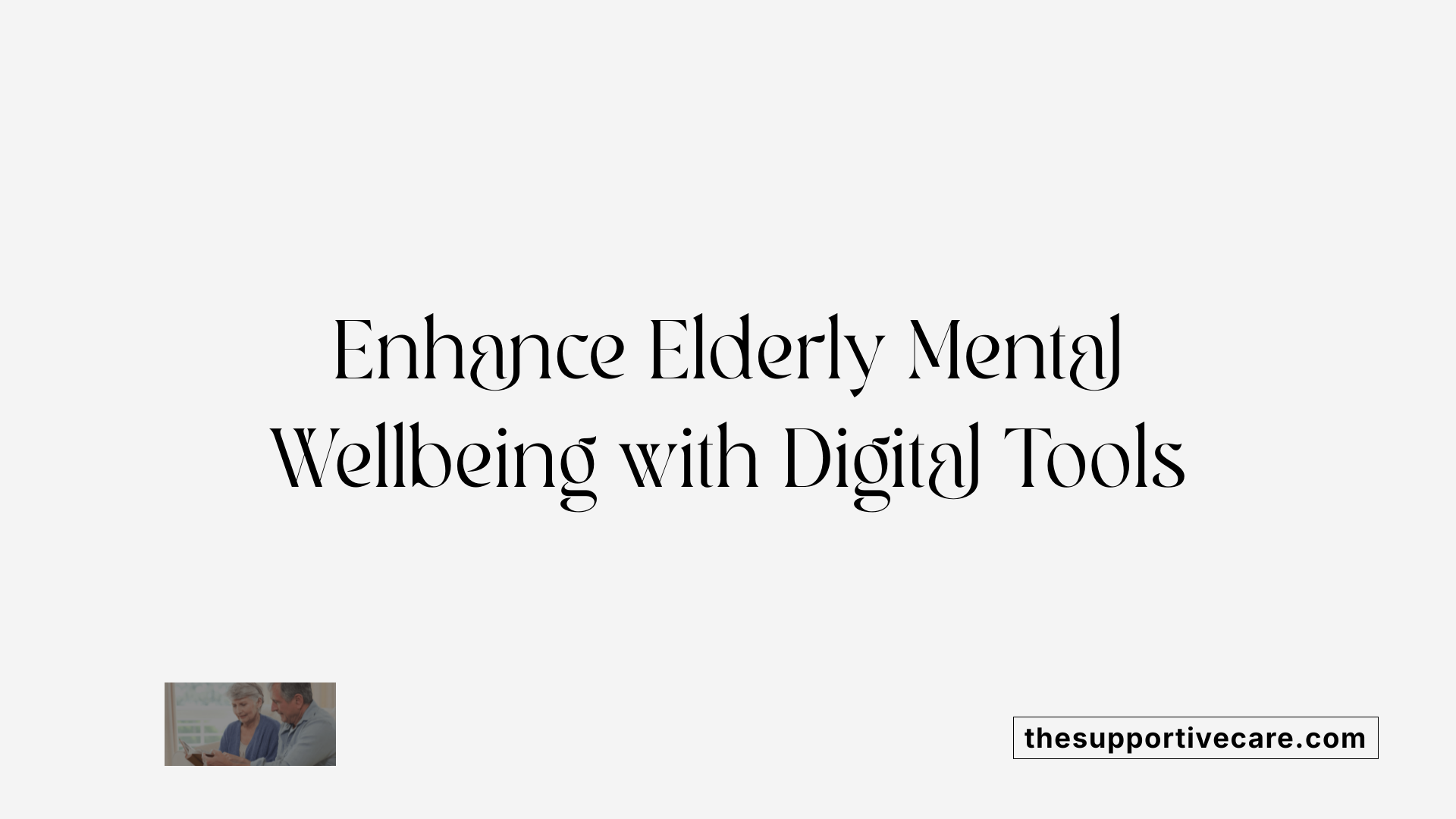
Use of music, apps, and games to support mental health
Older adults increasingly turn to digital platforms—such as music, mobile applications, and online games—to bolster mental health and combat loneliness. Music streaming services can uplift mood and provide comfort, while interactive apps and games stimulate cognitive functions and offer enjoyable distractions from worries or negative thoughts. These engaging activities serve not only as entertainment but also as meaningful ways for seniors to maintain mental vitality.
Apps for understanding and normalizing mental health symptoms
Many seniors find apps and websites helpful for gaining insights into their mental health. These tools assist in normalizing experiences related to mood fluctuations, anxiety, and other symptoms, helping older adults realize they are not alone and that their feelings are understandable. By providing educational content and supportive resources, digital platforms foster a sense of acceptance and encourage positive mental health practices.
Role of digital distraction and facilitated expression
Digital technologies serve as effective distraction tools, helping older adults shift focus away from distress or feelings of burden. Additionally, platforms that facilitate self-expression—through journaling, virtual support groups, or expressive arts—can enhance emotional well-being. Older adults frequently aim to reduce the emotional load on caregivers by managing their mental health independently with these digital solutions.
How is technology used in mental health care for older adults?
Technology plays an expanding role in mental health services for seniors. Digital tools such as teletherapy platforms, mobile health apps, and wearable devices enhance accessibility and engagement. For example, virtual reality is used for PTSD and phobia treatments via controlled exposure therapies. Mobile apps utilizing artificial intelligence and evidence-based methods, like cognitive-behavioral therapy (CBT), provide tailored support experiences. Regulatory bodies, including the FDA, have approved some therapeutic video games, signaling their integration into mainstream mental health care. Despite these advances, considerations around ethics, privacy, and proper implementation remain important.
What technological solutions support behavioral health services for the elderly?
A variety of technological innovations support behavioral health in older populations. Telehealth platforms allow remote consultations and ongoing monitoring, reducing the need for travel and increasing care reach. Wearable health devices—such as smartwatches—track vital signs, sleep, and mobility, alerting caregivers to potential issues like falls or health deterioration. Assistive technologies, including voice-activated devices and sensory aids, promote daily safety and medication adherence. Home monitoring systems equipped with motion sensors provide real-time safety alerts, supporting independent living.
How does digital technology help reduce social isolation among the elderly?
Digital solutions significantly combat social isolation by maintaining and strengthening social connections. Video calls via tablets, smartphones, or smart speakers enable regular interaction with family, friends, and community networks, even during mobility limitations or pandemics. Virtual activities—such as online storytelling, digital book clubs, or multiplayer games—offer stimulating social engagement and mental enrichment. Training programs tailored to older adults' needs and user-friendly technologies enhance digital literacy, boosting confidence and encouraging consistent use, thus fostering a sense of community and reducing loneliness.
What are the benefits and challenges of using technology in elderly behavioral health care?
The advantages of digital health tools include improved access to mental health services, real-time health monitoring, and increased social participation, all contributing to enhanced well-being. Technologies like telehealth, wearables, and digital communication platforms help seniors manage chronic conditions, reduce hospitalizations, and connect with loved ones.
However, challenges persist. Age-related stereotypes can hinder adoption due to assumptions about technological incompetence. Barriers such as limited digital literacy, accessibility obstacles, privacy concerns, and costs can impede effective use. Cognitive, visual, or hearing impairments require tailored interface designs. Overcoming these hurdles necessitates education, caregiver involvement, and inclusive design strategies to optimize benefits.
What are effective strategies and recent developments in digital mental health support for older adults?
Successful approaches include developing intuitive, accessible digital interventions incorporating large fonts, simple layouts, and multimedia content. Personalization according to cultural and individual preferences enhances relevance and engagement. Incorporating ongoing support—via technical assistance, guided sessions, and social networks—encourages sustained involvement. Recent innovations focus on hybrid models combining digital and traditional care, emphasizing privacy protections and data security. Digital phenotyping—using real-world data from wearables and smartphones—enables clinicians to tailor interventions and monitor progress dynamically. Investment in digital literacy programs, caregiver training, and involving older adults in co-design enhances usability and relevance. Overall, fostering social connections through technology, ensuring supportive environments, and leveraging emerging tools are essential for advancing mental health care for seniors.
Technological Innovations Enhancing Geriatric Behavioral Health Care

Overview of innovative tools like virtual reality, robotics, and AI
Recent advancements in technology have significantly expanded the possibilities for supporting mental health and well-being among older adults. Virtual reality (VR) environments are now used for relaxation, cognitive training, and treating post-traumatic stress disorder (PTSD), providing immersive experiences that can reduce stress and improve emotional resilience. Assistive robots, such as Paro, are employed to offer companionship, alleviate loneliness, and assist with daily routines, thereby enhancing emotional well-being. Artificial Intelligence (AI) applications analyze health data to personalize interventions, monitor mood changes, and predict health risks. These AI-driven tools can adapt support based on individual needs, optimizing mental health outcomes. Smart home sensors and remote monitoring devices help detect falls, medication non-adherence, and mood fluctuations early, enabling prompt medical or social intervention. Furthermore, the development of scalable digital platforms for mental health assessment and self-management allows for resource-efficient, tailored supports accessible from any location. These technological innovations collectively enhance the reach, efficiency, and personalization of behavioral health services tailored for older adults.
Use of smart home technologies and remote monitoring systems
Smart home technologies are revolutionizing elderly care by automating routine tasks and monitoring health status in real time. Voice-activated assistants like Amazon Alexa or Google Home facilitate tasks such as setting reminders, controlling lighting or thermostats, and making emergency calls, supporting independence. Automated lighting and environment controls improve safety by reducing fall risks. Wearable health devices—smartwatches and fitness trackers—monitor vital signs, detect falls, and provide continuous health insights accessible to caregivers and medical professionals. Remote monitoring systems integrate sensors to track activity levels, environmental conditions, and behavioral patterns. These sensors can alert caregivers about potential hazards or health deterioration, enabling early intervention and reducing hospital visits. Through these technologies, older adults can maintain independence longer while giving families peace of mind, ultimately improving their quality of life.
Development of digital assessment and personalized intervention platforms
Digital assessment tools now enable clinicians to evaluate mental health, cognitive function, and overall well-being remotely and efficiently. Platforms such as tailored versions of the InnoWell Platform facilitate comprehensive assessments that adapt to the specific needs of adults aged 50 and above. Personalized intervention platforms harness data analytics and AI to create customized care plans, including therapies like cognitive-behavioral therapy (CBT) for depression and anxiety. They providing users with easy-to-access exercises, reminders, and educational content, fostering engagement. Automated documentation and remote monitoring capabilities help clinicians track progress and modify interventions dynamically. These platforms support ongoing self-management and clinician oversight, optimizing outcomes and resource utilization. By leveraging these digital tools, healthcare providers can deliver more targeted, scalable, and effective mental health support to the elderly population.
Impact of digital health solutions on mental health outcomes in older adults
Digital health solutions have demonstrated a positive impact on mental health among older adults by expanding access to tailored interventions outside traditional clinical settings. Tools like mental health apps and online platforms offer cognitive stimulation, social engagement, and emotional support, which reduce feelings of loneliness and social isolation. Regular engagement with digital programs, such as social media, online support groups, and brain-training apps, can improve subjective well-being and decrease anxiety and depressive symptoms. For example, programs like 'Happify' have shown significant improvements in mental health metrics through active participation. Moreover, digital interventions facilitate continuous monitoring, allowing for timely adjustments to care plans and early identification of worsening symptoms. Incorporating human support, technical assistance, and encouragement enhances engagement, especially among older adults with limited digital literacy. Overall, when accessible, user-friendly, and supported, digital health solutions serve as effective means for improving mental health outcomes across the aging population.
Recent technological advances supporting elderly behavioral health
Advances such as immersive VR therapies help treat anxiety, PTSD, and cognitive decline by providing calming, engaging environments. Assistive robots offer companionship, remind medication schedules, and support daily tasks, reducing emotional distress. AI applications analyze health data to tailor interventions, predict health risks, and personalize support plans comprehensively. Smart home sensors provide early detection of falls and health deterioration, promoting safety. Digital platforms now integrate assessment, therapy, and self-management features, creating comprehensive, scalable support systems. Innovations like digital phenotyping—using real-world data—enable proactive, personalized care. Addressing security and privacy concerns remains central, with advancements focusing on safeguarding user data while expanding service reach. These technological strides in virtual environments, robots, AI, and monitoring create a more effective and accessible landscape for elder behavioral health services.
How assistive technologies and remote monitoring promote safety and independence
Assistive tech such as voice-activated devices and automated lighting minimize physical strain and reduce accident risks, facilitating everyday routines. Wearable sensors for fall detection, vital sign monitoring, and sleep tracking provide real-time health updates. These allow caregivers and health providers to intervene quickly when necessary. Smart home sensors continuously observe activity patterns and environmental factors, flagging potential safety concerns—such as falls or environmental hazards—to caregivers and emergency services. Remote alerts and communication enable prompt responses, reducing hospitalization risks and supporting aging in place. These tools empower older adults to live safely and independently longer, while also providing peace of mind to families.
Current challenges in implementing technological solutions in elderly care
Despite promising benefits, challenges include usability barriers related to sensory impairments and cognitive limitations, high costs, and uneven access. Privacy and security issues concern many users, especially with sensitive health information. Resistance stemming from fears of diminished human contact and mistrust of new tech also hinders adoption. Digital literacy gaps require targeted education and ongoing technical support. Infrastructure deficits, such as poor internet connectivity in rural areas, limit widespread use. Addressing these hurdles involves user-centered design, fostering trust through transparency, providing training resources, and ensuring technology affordability and accessibility. Building effective policies and community partnerships further facilitate broader and more effective implementation.
Role of participatory design and caregiver involvement in digital health success
Engaging older adults directly in the creation of digital tools ensures solutions are user-friendly and align with their abilities and preferences, increasing acceptance. Caregivers provide essential insights into practical challenges, assisting with technology navigation and ongoing support, which enhances adherence. Co-design processes foster trust, address security concerns, and improve usability, leading to more relevant and sustainable interventions. Involving caregivers and end-users in development ensures that digital health solutions are inclusive and effective, ultimately improving health outcomes and user satisfaction.
Addressing Barriers and Ethical Considerations in Digital Geriatric Mental Health Care
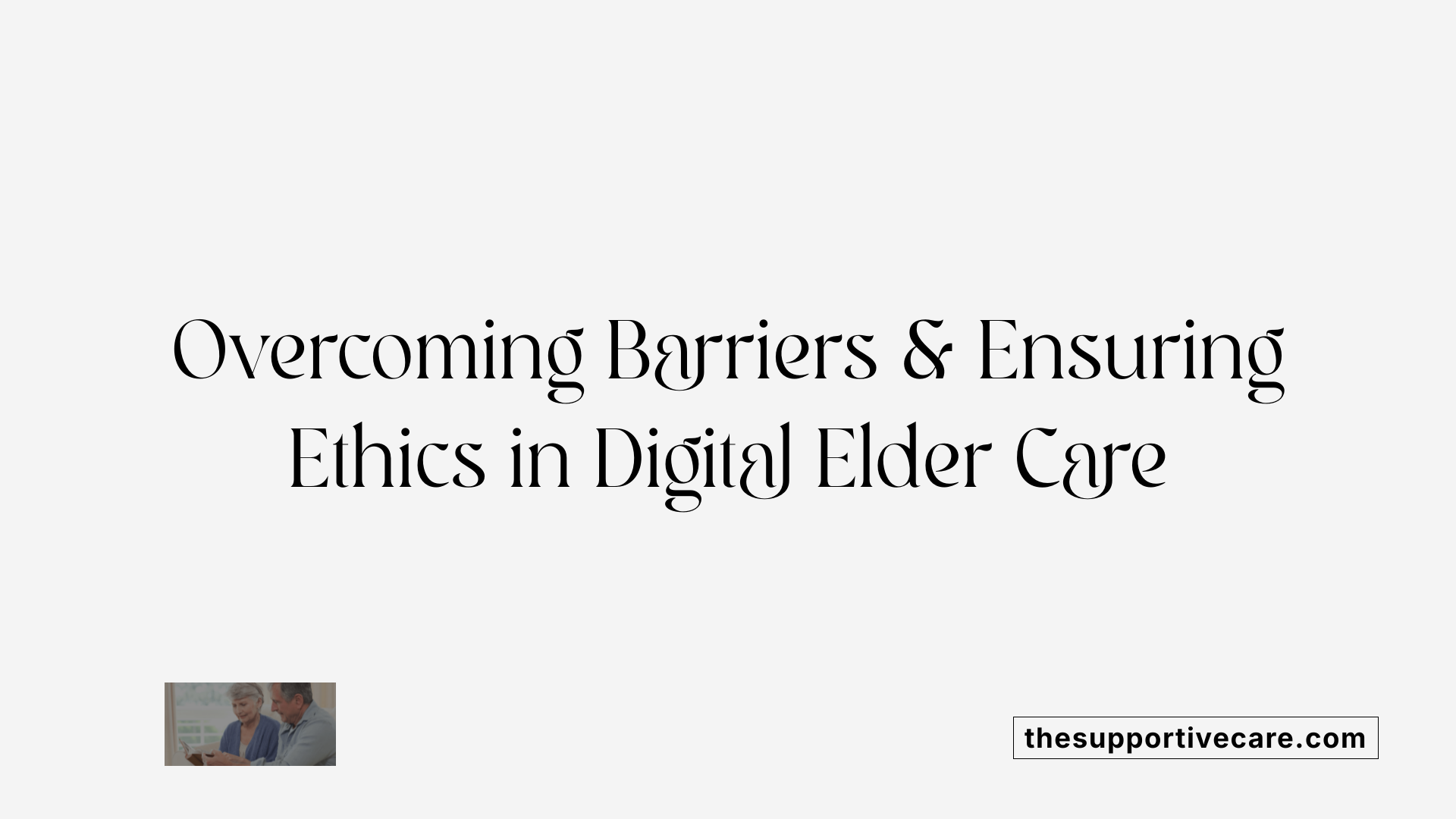
What barriers do older adults face in using digital health technologies, and how can they be addressed?
Older adults encounter various obstacles when accessing digital mental health solutions. Common barriers include sensory impairments such as vision and hearing loss, which challenge visual or audio interfaces. Physical limitations, cognitive decline, and low health literacy can make navigating complex platforms daunting. Socioeconomic factors further restrict access, including limited income, insufficient devices, unreliable internet, and living in remote areas lacking infrastructure. Dispositional issues like low confidence, fear of online scams, mistrust of technology, and low motivation add psychological hurdles. Technical problems, including poor usability, connectivity issues, and concerns over privacy, can discourage use. Social factors such as insufficient social support, loneliness, and apprehension that technology might replace meaningful in-person interactions also impede adoption. Addressing these obstacles requires designing accessible, simple interfaces; providing tailored training and ongoing support; and promoting trust through transparent data policies. Ensuring equitable access by offering subsidized devices and digital literacy initiatives helps include all seniors in digital health benefits.
Shaping the Future of Elderly Behavioral Health Through Technology
As digital innovations continue to evolve, their potential to transform behavioral health care for the elderly becomes increasingly evident. By designing accessible, personalized, and secure tools, and fostering collaborative development with older adults and caregivers, health systems can overcome current barriers. The integration of virtual reality, AI, smart home monitoring, and telehealth offers promising avenues for fostering independence, reducing social isolation, and improving mental health outcomes. The success of these initiatives relies not only on technological advancements but also on thoughtful policies, ongoing education, and ethical practices that prioritize privacy and inclusivity. As the landscape of digital health expands, a concerted effort to tailor solutions to the unique needs of the aging population will be essential for achieving sustainable, equitable, and effective behavioral health support in the years to come.
References
- Older Adults' Perspectives on Using Digital Technology to Maintain ...
- Technology Enhanced Care for Geriatric Behavioral Health
- New Technology, Older Adults, and Mental Health
- Technology in behavioral health care: Expanding access, improving ...
- How Technology Can Positively Affect A Senior's Mental Health
- The use of digital technology for social wellbeing reduces social ...
- Use of Technology to Enhance Mental Health for Older Adults


